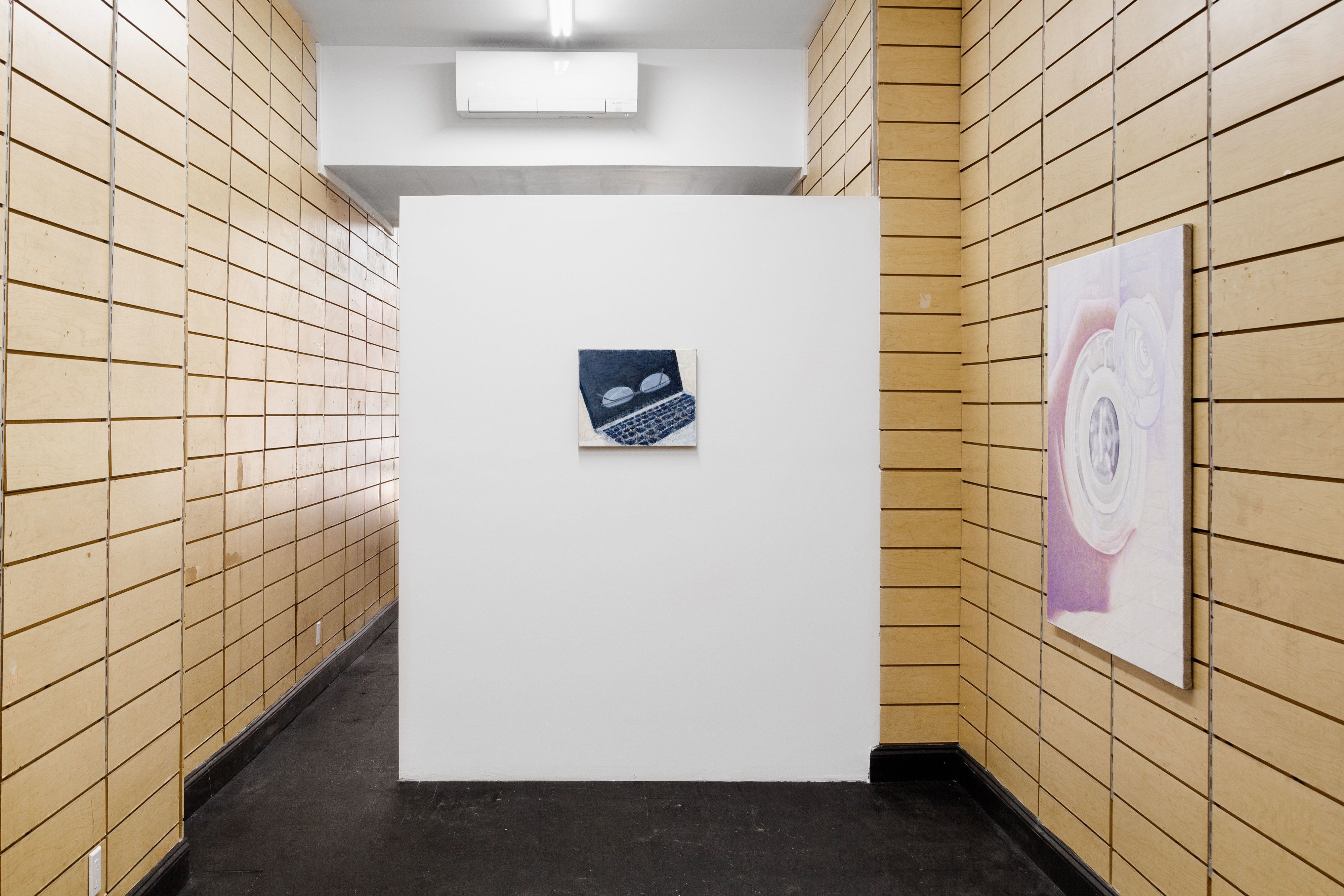
ARTIST FOCUS
W. Rossen
25/09/2024
Docent is pleased to present the work of W.Rossen, whose exhibition "Als Ich Can" is on view from 06.09.2024 to 05.10.2024 at Gallery Wschód in New York.
Wschód
136 Orchard St
10002, New York, NY
Wednesday – Saturday
1 – 6 pm and by appointment
Wschód
136 Orchard St
10002, New York, NY
Wednesday – Saturday
1 – 6 pm and by appointment
W. Rossen second solo exhibition
Since its first solo show at Wschód in February 2023, W. Rossen has continued to explore everyday objects and images, drawing our attention to certain very particular details. The painter presents us with an "experience of painting": a moment where, despite the clarity of the depicted subject, its perception remains ambivalent, creating a sense of distance from the canvas. We are no longer in front of a familiar scene or object, but instead acutely aware that what we are seeing is a constructed image.

Als Ich Can
A pair of glasses named Sam; the red rucksack of an elusive figure; glasses, either projected or reflected, on a dark laptop screen; a peek through a water bottle. Rossen draws on painterly traditions, depicting seemingly historical settings, yet always ensuring that objects protrude. Elements that find their way into the paintings often allude to the aspect of vision and the distortion or enhancement of visual perception through the use of lenses.
In Sam (after de Greef), 2024, a pair of glasses named after their owner, Sam, is set against a staircase built in 1875 and designed by Dutch architect Bastiaan de Greef. The building on Amsterdam’s Stadhouderskade, which until recently housed Rossen’s studio, is an example of eclecticism, blending historical styles. With a similarly eclectic approach, Rossen depicts the architecture in its original form while positioning Sam, with their metal frames and plastic nose pads, in the foreground, in the present moment.
Rossen’s engagement with architecture and objects, while modestly alluding to or depicting people, can be seen in relation to the Dutch artist Pieter Jansz. Saenredam. In Saenredam’s paintings of church interiors, architectural features become the primary subjects, while human bodies are reduced to mere puppets, resembling depersonalized figures in architectural models. Rossen may approach things with affection, but the encounter between subjects (whether personalized objects or real people) and spatial elements speculatively blurs the boundaries between abstraction, portraiture, and figuration.
“Als Ich Can” was occasionally used by Flemish artist Jan van Eyck to sign his artworks. A combination of Dutch dialects with West Germanic languages, written in pseudo-Greek lettering, the motto can be interpreted in the sense of “as I can” or “as best as I can.” In Rossen’s application, the phrase becomes a mixture of Dutch, German, and English—neither one nor the other, but the best it can be. This approach sums up Rossen’s work: neither this nor that, neither now nor then, but something of its own; ultimately modest, something (or someone) that may look the other way, but whose intimacy retains you.